Browser Push Notifications Explained! A 2023 Guide
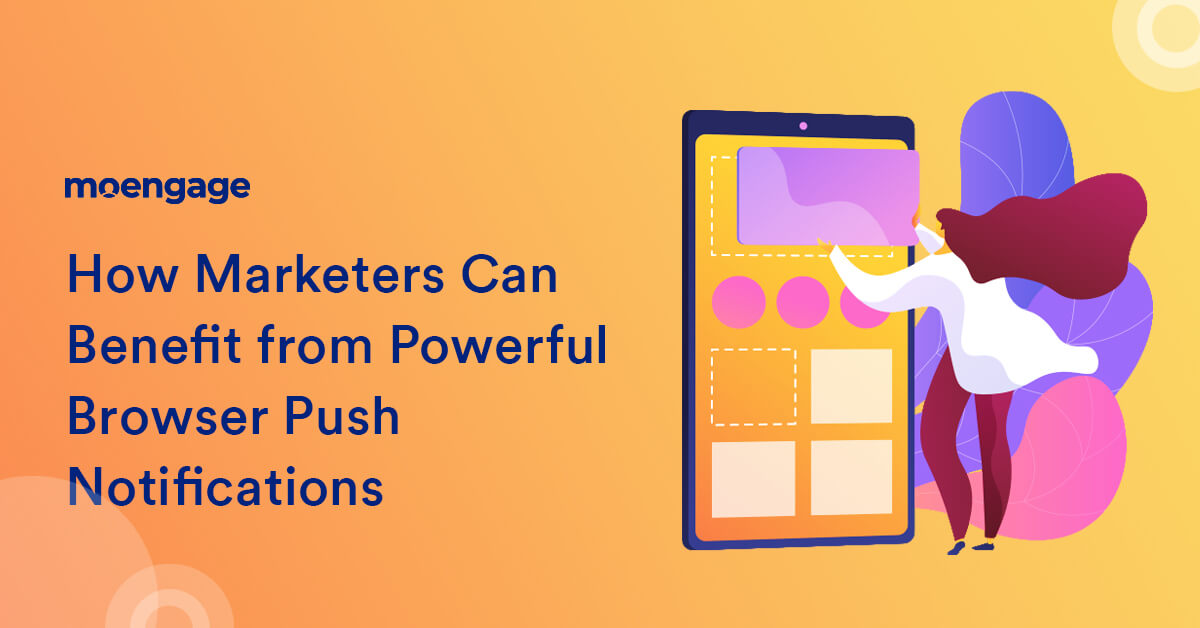
Ideally, your marketing messages should reach consumers via many different channels. This can influence them in various ways and at the right moments. This is where browser push notifications play an important role.
As you know, these are small messages that appear on browser windows. Typically, they are displayed on the top or bottom right-hand corners of the screen.
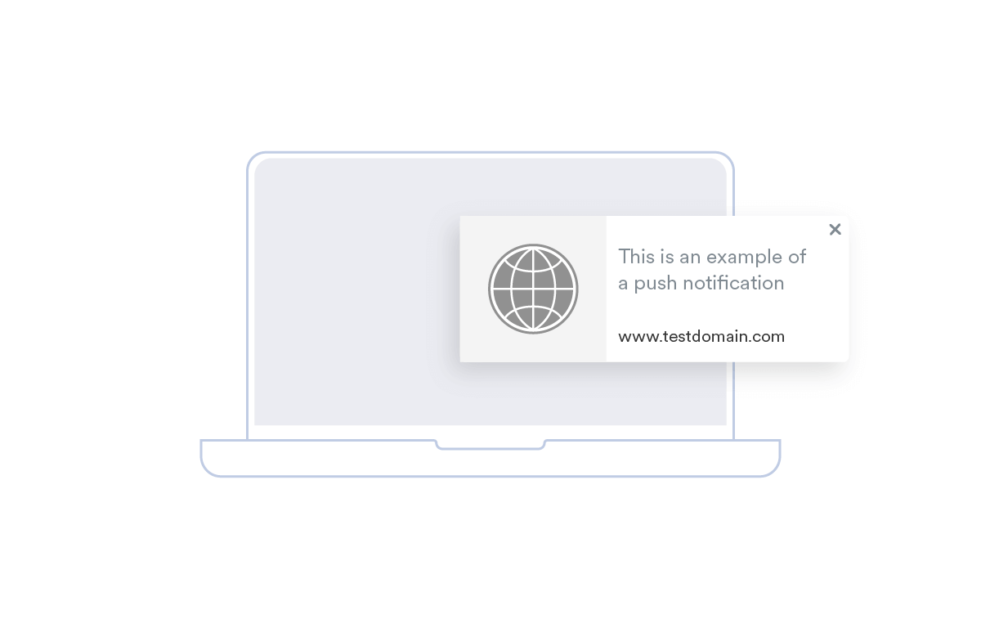 |
Studies show that push notification can generate high ROI — up to 2200%, with an increase in your daily traffic by up to 25%.
Virtually every category can benefit.
- The industry that uses browser push notifications to the largest extent (22.03%) is e-commerce.
- 85% of online stores and other e-commerce operations use pushes in their business.
- The second-highest ranked (18.79%) is media, publishing, and blogging. 9% of such businesses use pushes.
- The third highest is the financial sector (Banking, Financial Services, and Insurance).
Since 2015, the opt-in rate for web push has shifted away from desktop and more toward mobile subscriptions.
 |
You can learn of the power of push notifications in an omnichannel strategy in this case study. That’s how OYO boosted notification delivery by 44%.
Now, we’re going to explain the A to Z of this valuable channel. We’ll cover:
- Why they are advantageous
- How they work
- How to get consumers to opt-in
- Their use cases
Why Marketers Should Pay Attention to Browser Push Notifications
We’ve already mentioned the omnichannel advantage as well as the high ROI. Here are more reasons to include push notifications in your marketing strategy.
- Capture Attention: According to the latest research, human attention spans have dropped sharply over the years. However, since the format of a push notification is compact, you can overcome this handicap.
- Overcome Blocking: Today, 42.7% of internet users worldwide report using an ad blocker. But once a consumer has agreed to receive a push notification, blockers do not affect this. Your message still goes through.
- Across Devices: You can send notifications on the web browsers of all devices and formats. From smartphones to desktops, from Windows to macOS. This means a simple, failsafe way to reach all sorts of consumers across segments.
- Wide Effectiveness: Statistics show that browser push notifications can reach over 80% of all internet users. The clickthrough rate can be up to 30%, with a website traffic increase of up to 25%. In 2020, push notification subscribers consisted of roughly 80% of mobile users and about 20% of desktop users.
Take a look at How to Generate and Measure ROI from Web Push Notifications.
How Do Browser Push Notifications Work?
There are three stages in starting with effective browser push notifications.
To begin with, the consumer has to be asked for permission to receive push notifications. This is typically in the form of an opt-in box that pops up on one side of the browser. Once the consumer clicks an agreement, their details are saved for further communication.
Then comes the task of sending periodic messages. These are sent from the marketer’s server to a web notification service.
Finally, once the consumer is online and using a browser, the push message arrives. Data can be gathered on specific consumer actions, such as clicking on a link or signing up for a newsletter.
The above three processes are carried out via APIs: in general, the Notifications API and the Push API. These are interfaces that are used to configure and display notifications to the user.
Basically, there are five components of a web push notification. These are:
a. The title, which is meant to capture attention and make the consumer take action.
b. The message itself, which should be short, to the point, and absolutely clear to understand.
c. The website icon, which should be displayed for identification and trust.
d. The image, which is an option available in the Chrome browser, and can be used for further impact. Here’s how to really take advantage of this feature.
e. The Call to Action, which is a critical element. It should be unmissable and, if possible, contain the consumer benefit.
For an operational how-to guide on getting it all right, do see this piece.
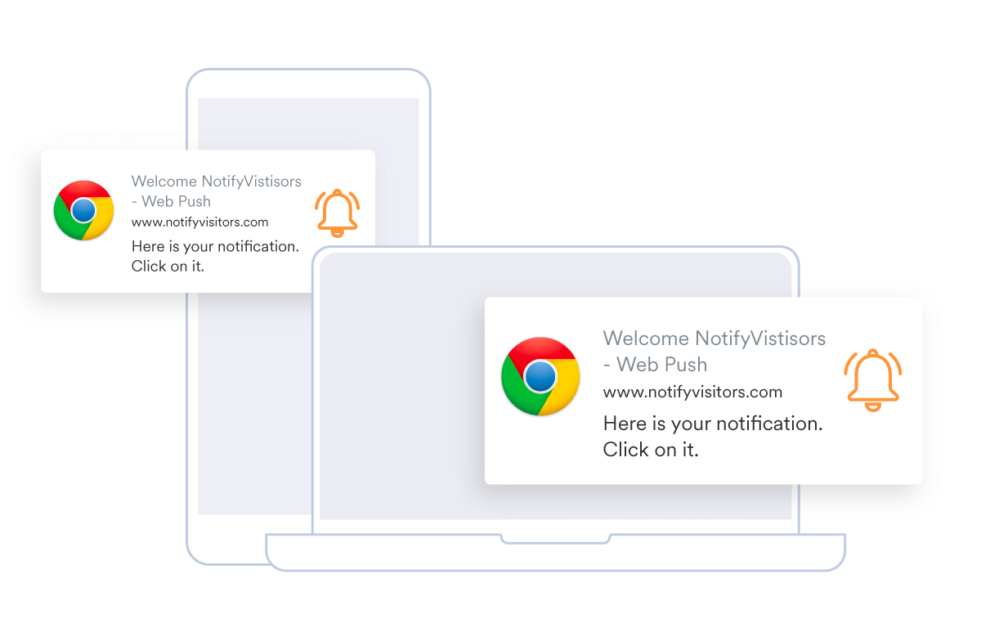 |
How to Get Consumers to Opt-In for Web Push Messages
You have one chance to get the consumer to subscribe to web push messages. Once the opt-in box is dismissed, chances are the consumer won’t return. That’s why it’s very important to get it just right.
Here are some factors to consider.
Timing: Once the consumer arrives on your site, it’s best to not send an opt-in message immediately but to give them some time to see what the site is about. It could even make sense to wait until the consumer visits a different section of the site. An e-commerce website, for example, can send the opt-in box only after the consumer has viewed multiple items.
Webpage: Though most opt-in boxes are sent while the consumer is on the home page, it doesn’t have to be that way. Your website metrics could show a best-performing page, and this could be the one to choose. Then again, if there is a page on which the consumer is tracking shipments, an opt-in box could work well. For e-retailers, if the consumer is on a product page that has been sold out, an opt-in box to notify them of when it is back in stock will produce good results.
Consumer Actions: Tracking consumer actions on your site could create opportunities for the best times to send opt-in messages. For example, if the consumer has participated in a contest, the box could appear before the results. Or, if the consumer has just bought an item, an opt-in box could be sent to make sure of receiving notifications of other such products.
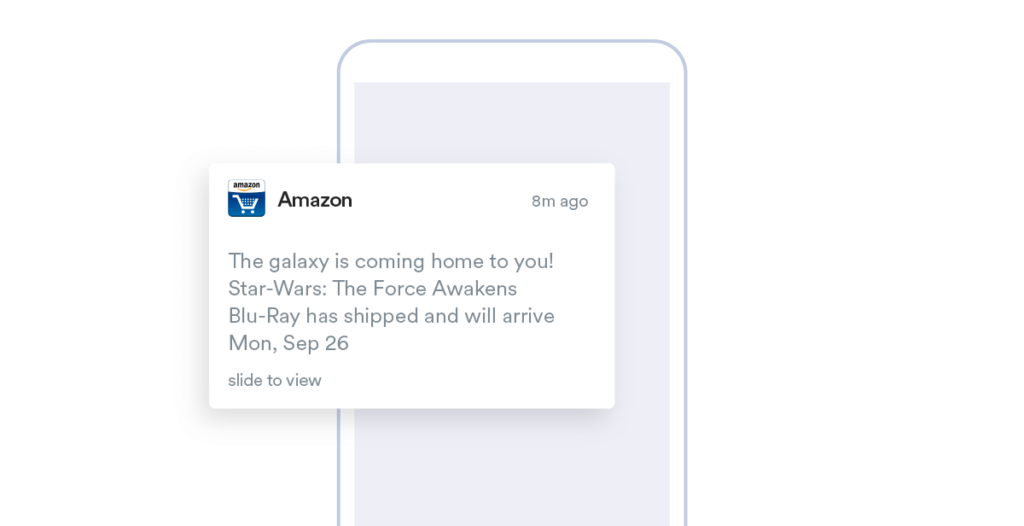 |
Persuasive Messages: The headline on the opt-in box should be both compelling and reassuring. It should inform the consumer of the specific value or benefit that opting in will provide. It can also provide reassurance that such messages will not appear continually. Sometimes, an incentive such as a price-off can work wonders.
A/B & Multivariate Testing: You can experiment with your messaging, its various elements, measure the revenue impact, and optimize for it. Here’s how to do that, along with other helpful tips.
The Uses of Browser Push Notifications
Browser push notifications can work in various ways. Be it finance, retail, software, or any other sector, and such notifications engage and attract consumers.
- Abandoned cart push notifications can nudge consumers into completing their purchase with a mixture of offers, reminders, and low stock messages.
- Re-engagement rates can go up when consumers are reminded of your brand’s services via visible push notifications.
For example, there was a 20% increase in the number of returning Facebook users after implementing web push notifications.
- Events and important dates can be added to the consumer’s digital calendar with web notifications. Companies can gently nudge them to act on specified days.
A fintech company can send investment reminders, for instance.
- Instant alerts are also possible. These can be very effective for companies that would like to convey breaking news that their consumers find relevant.
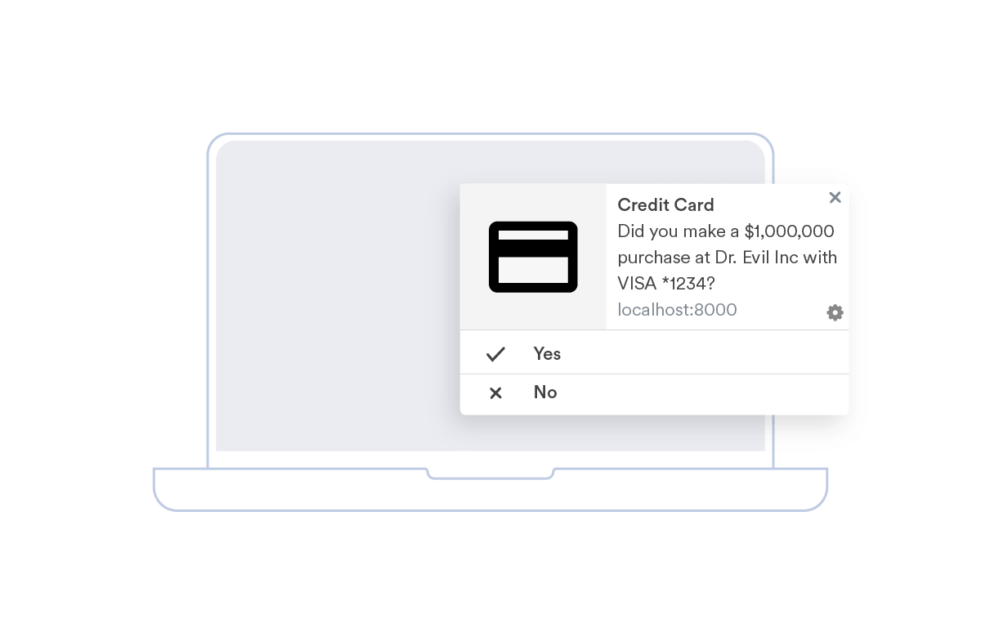 |
- Amplified pushes. Many businesses such as Big Basket have used the technique of amplifying pushes for successful results. Here’s how that works.
- Push notification delivery is another important factor. To master this delivery, here’s a whitepaper that analyzes over 750 Push Notification campaigns sent to 70 million mobile app users, and built a framework that accurately predicts delivery.
In an environment where consumers are exposed to large amounts of content, browser push notifications are a valuable way to get attention. They’re crisp, they stand out, they deliver impressive results – and they can be set up in just minutes.





